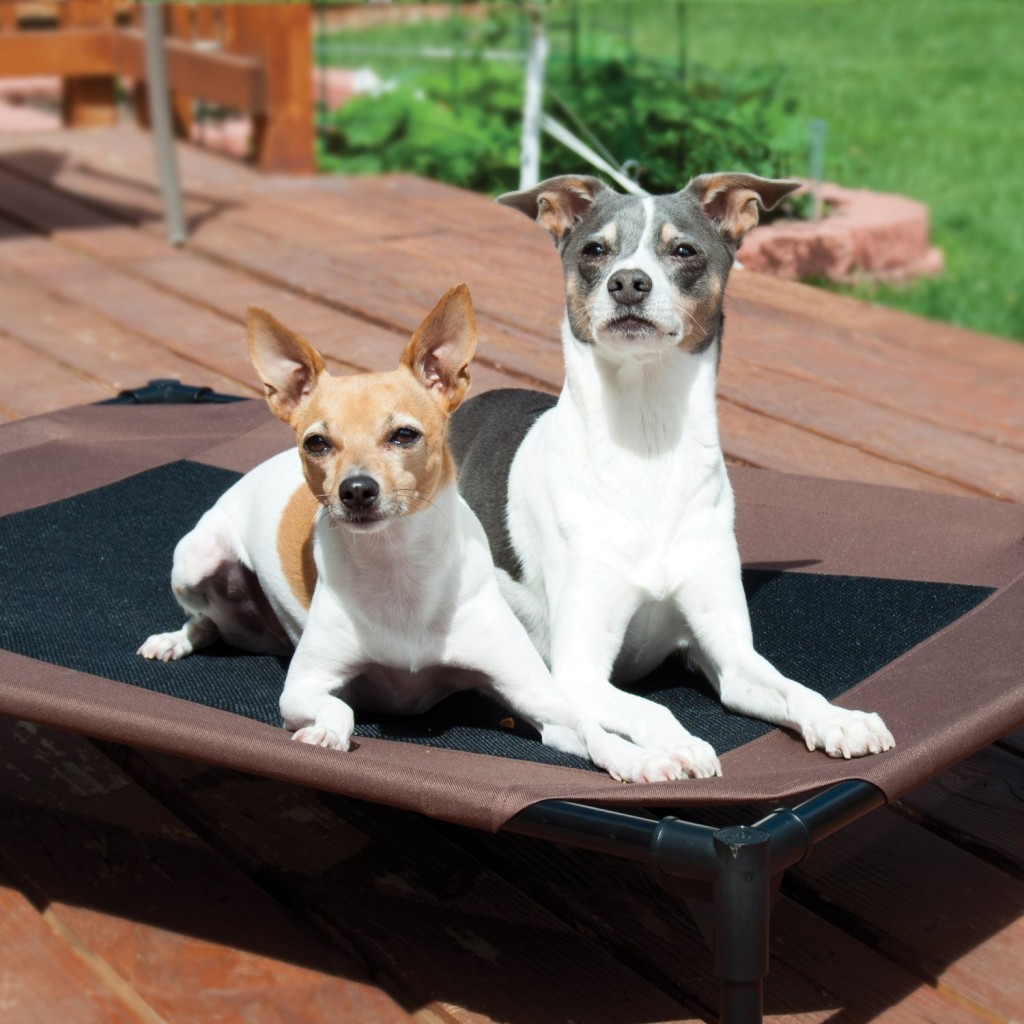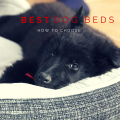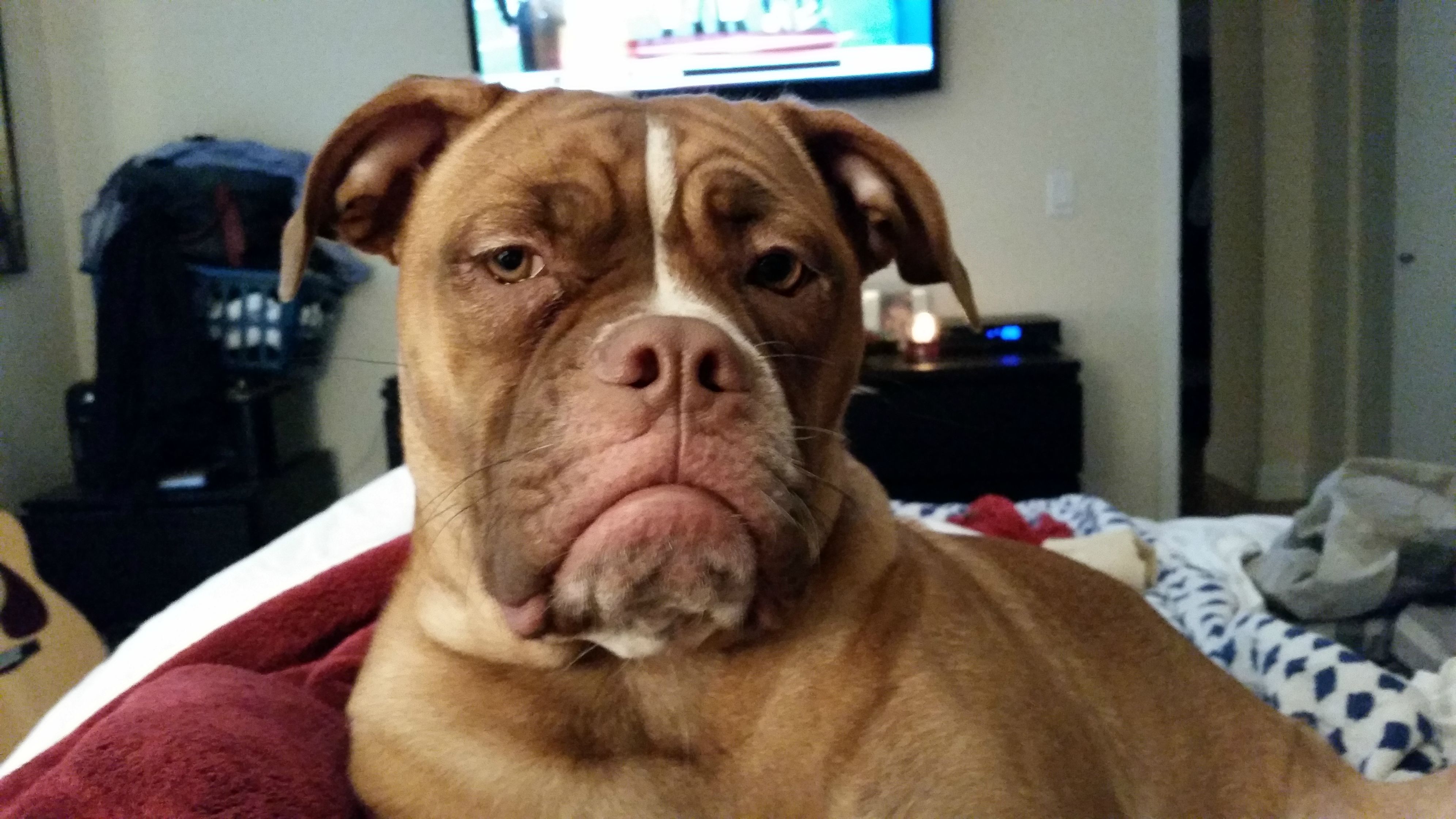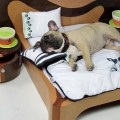- Male Dog Names: Game of Thrones Unofficial Guide
- How to Take Care of Your Dog: 8 Things Your Vet Wants You to Know
- A New Grump In Town- Grumpy Cat Meet Grumpy Dog
- Watch Out! The 8 Most Dangerous Household Items for Dogs You Might be Overlooking
- The 15 Most Embarrassed Dogs on Dress Up Your Pet Day
- Guaranteed Smile: You Won’t Believe How This Dog Greets Her Owner
- Dogs in Booties – Way More Fun Than You’d Expect
- 22 Naughtiest Dogs Confess Their Crimes
Does Your Dog Need a Chew Resistant Dog Bed?
Imagine this: You woke up this morning and decided this would be a good day to clean your dog’s bedding. When you went to examine your dog’s bed, though, you noticed that he’d chewed a hole clean through it! You spent more than $100 on that bed … that’s $100, down the drain, and now your dog needs somewhere new to sleep. Worse, you are not sure that the material your dog ate is safe for ingestion, and now you are worried your pet may be sick.
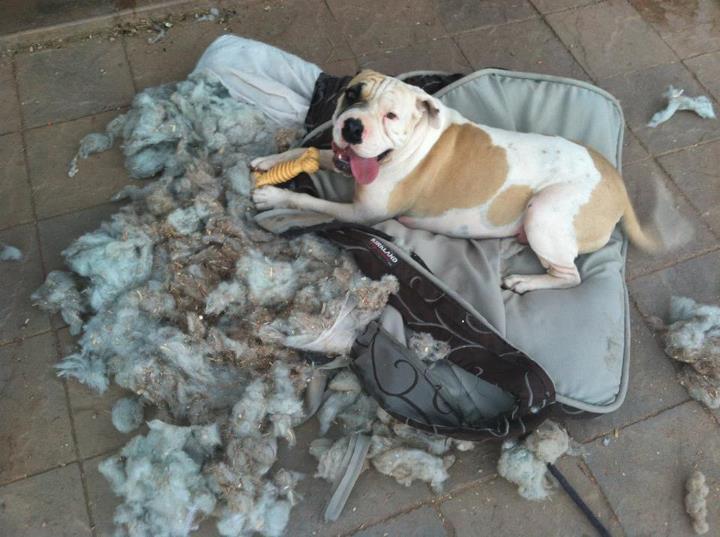
Few things are more frustrating than having your dog chew through something expensive and needing to replace it. Who is to say he won’t also chew through your next hundred dollars as well? While chewing is sometimes a personality thing or a behavioral problem, certain dog breeds are undeniably prone to chewing. Which ones? VetStreet surveyed 284 veterinary professionals, and came up with these five breeds as those most prone to chew through anything:
- Jack Russell Terrier
- American Pit Bull Terrier
- Golden Retriever
- Beagle
- Labrador Retriever
Why do these dog breeds tend to chew? Some of them, like the Golden Retriever and the Labrador Retriever, are highly active dogs. Their high-energy breeding gives them a constant urge to stay active. If they become bored, they tend to chew. Others, like the Beagle, are big eaters. Since they are always looking for food, they may sometimes opt to chew on something that isn’t food at all—like a dog bed.
Malibu Dog Training emphasizes that chewing is a normal dog behavior, and that there are a number of other reasons why dogs chew. Puppies chew for teething purposes. Dogs also chew to maintain healthy gums and teeth, work out their jaw muscles, relieve anxiety, and more.
If your dog does have a behavioral problem, it is important to tackle it. When chewing is a sign of boredom, depression, or anxiety, that is a problem that you need to deal with. Your dog needs to have plenty of physical exercise and mental stimulation and should never be left alone for too long.
So long as there is no behavioral problem, you have two choices to get your dog to stop chewing through his bed and his bedding. Either you can try to train the behavior away, or you can replace your dog’s current bed with a bed specifically designed to be chew-resistant. Kenn Bell over at The Dog Files shares a strategy which incorporates five techniques: exercise, entertain, redirect, repel, and manage. Even within just a week, he managed substantial improvements with his dog. This looks like a great approach that would probably work well for a number of dogs.
If you do not want to train your dog not to chew through the bedding, or if you are simply unsuccessful at it (maybe you have one of those chewing-prone breeds listed earlier), you can invest in a chew-resistant bed instead. Sometimes chew resistant beds are called chew proof beds or indestructible beds. Technically, “chew-resistant” is the most correct of these terms. There’s no such thing as a truly indestructible object for a determined dog. So know that even a chew “proof” bed may eventually get chewed through—but it is unlikely to happen for a long time. Many companies offer full refund warranties on their beds, often extending as long as 10 years!
How Are Chew-Resistant Dog Beds Designed?
There are two main elements that make chew-resistant dog beds (close to) indestructible:
- Materials
- Design
In terms of materials, chew-resistant dog beds are made of much sturdier stuff than your typical dog cute dog bed. In fact, top companies typically use military-grade nylon for their dog beds. This is the same type of material which is used for flak jackets, known as ballistic fabric. As you can imagine, something meant to protect a soldier from flak is going to do a pretty good job standing up to your dog’s teeth!
Design is also an important aspect. Most dog beds are designed with the fabric around the outside of the frame. This leaves it exposed for dogs to easily chew. Dog beds designed to be chew-resistant typically feature a different design. Edges and corners of fabric are concealed, making it hard for a dog to find anything to grab and chew. These beds also usually feature strong PVC metal frames that will provide plenty of support and also resist damage.
Types of Chew-Resistant Dog Beds
One great thing about chew-proof dog beds is that you can find them in a wide variety of shapes and sizes. There are indestructible dog beds which are ideal for large dogs, medium dogs, and small dogs. You will find rectangular beds and oval-shaped beds, flat beds, and nesting beds. There are even orthopedic chew-resistant beds which provide extra firm support for dogs with arthritis and other joint problems. Have a dog that sleeps in a crate? Chew-resistant bed crate pads are also available.
While you are shopping for a chew-proof dog bed, ask yourself the following questions:
- What size do I need for my dog?
- What material is best? What special chew-proof design features am I looking for?
- What style of dog bed will be comfy for my pet?
- What other special features do I want? Is the indestructible dog bed also hypoallergenic? Is it resistant to moisture and hair? Does is it provide enough support?
- What kind of warranty does the company offer?
- What is my budget?
- What are customers saying about the company and about the dog bed I am thinking of purchasing in particular? Is it ideal for my dog’s breed?
Some dogs can be trained out of their inappropriate chewing habits, and some dogs need lifestyle changes or even therapy if chewing is a behavioral patterns. Sometimes, though, the chewing just goes with your dog’s personality or breed, and you are never going to eliminate it completely, however hard you try. For these dogs, a chew-resistant bed can make for a cozy, long-term sleeping solution—and save you a lot of money!

